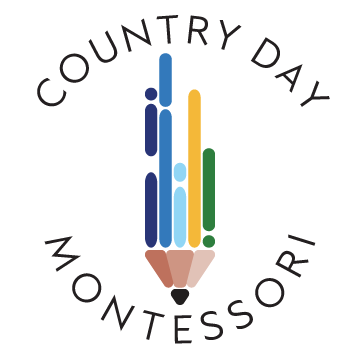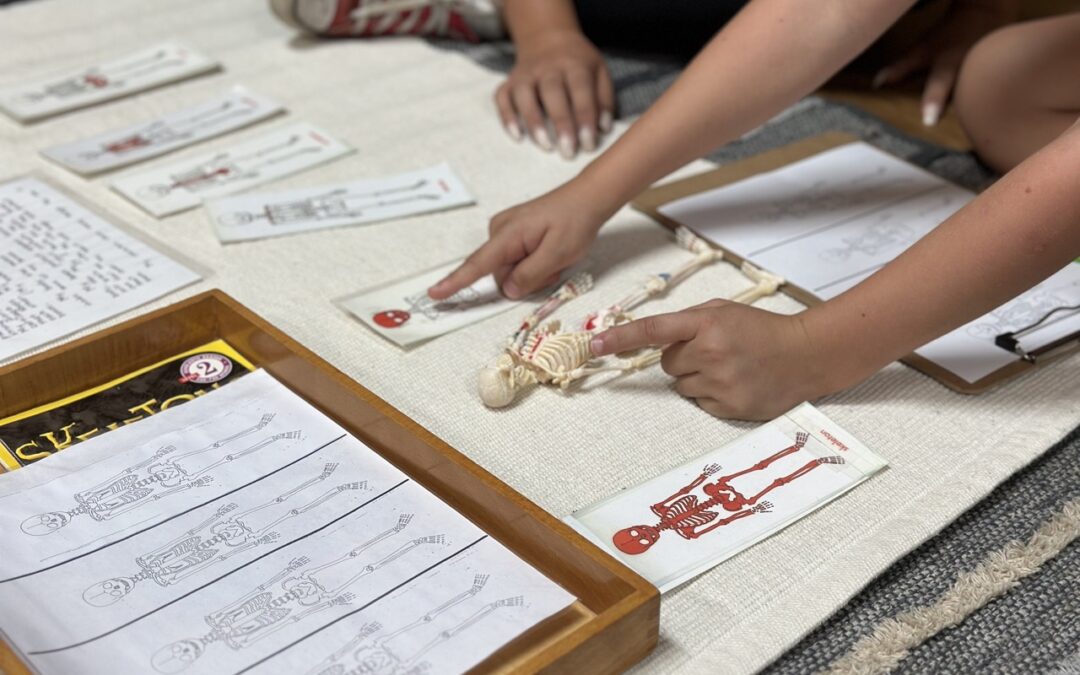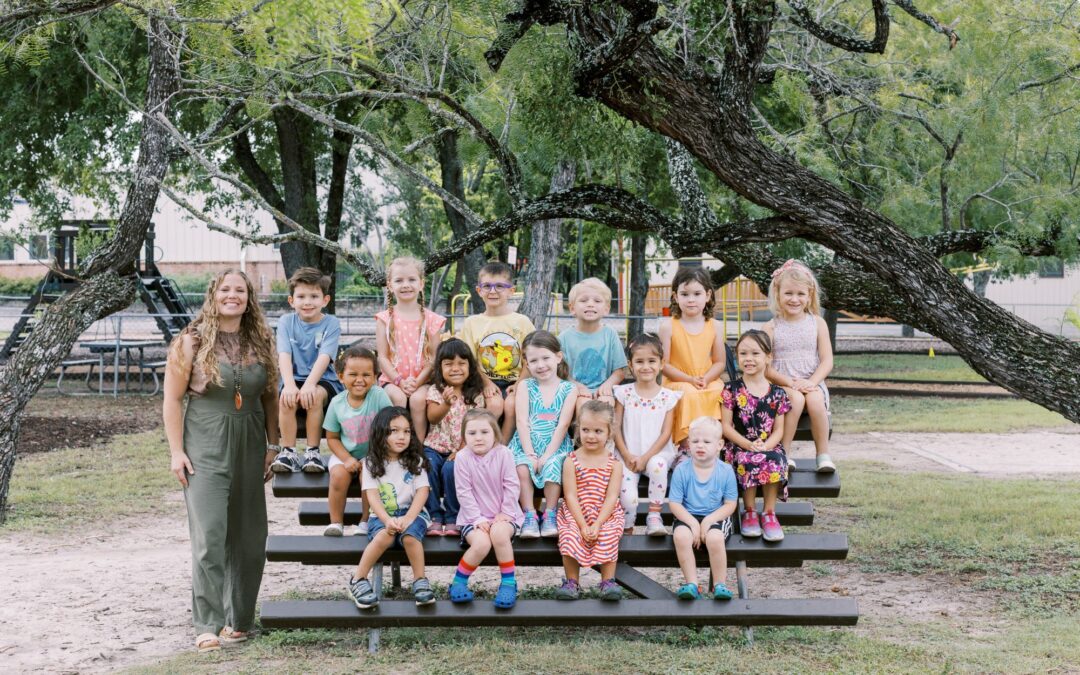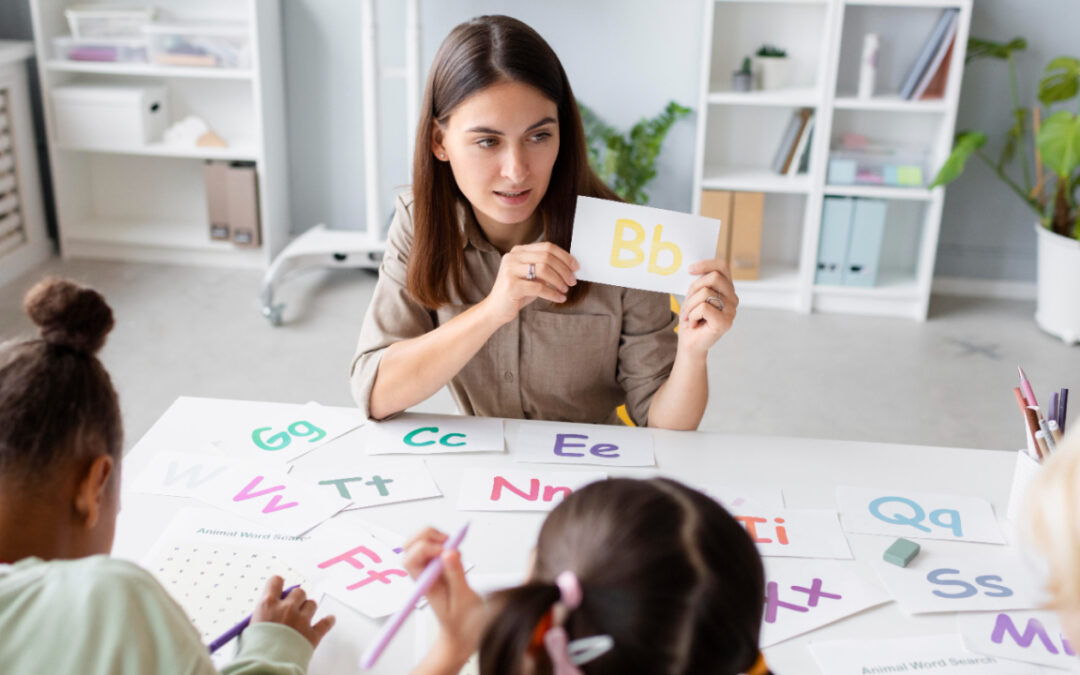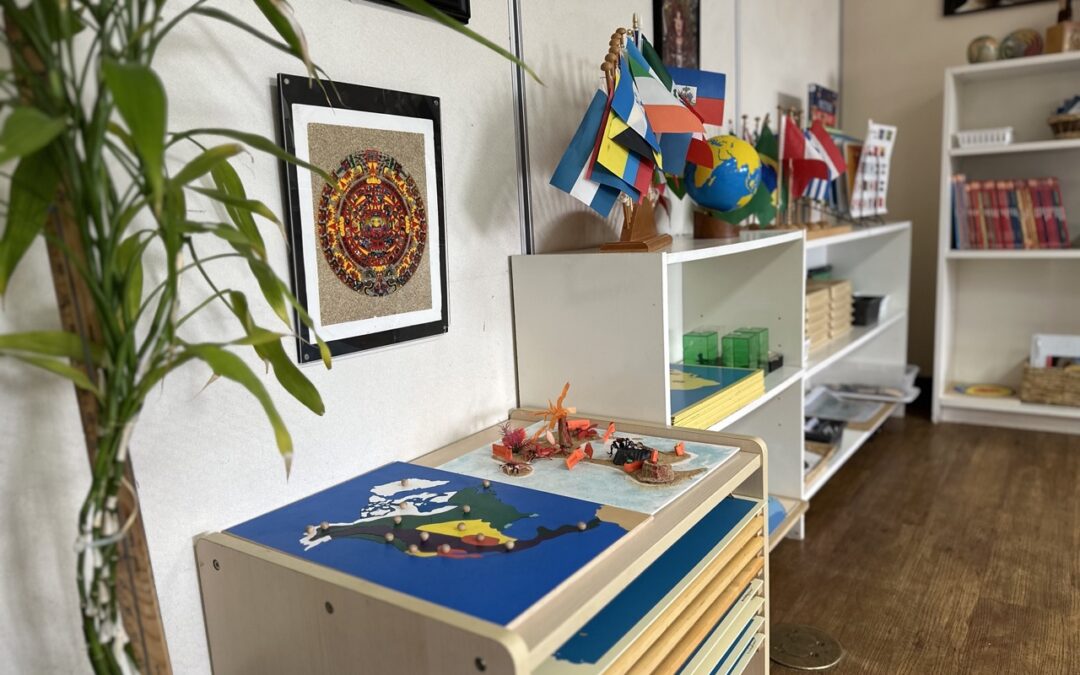As a San Antonio parent, choosing the right educational path for your child is one of the most important decisions you’ll make. While both Montessori and Waldorf schools offer alternatives to traditional education, understanding their distinct approaches can help you make the best choice for your family’s future.
Understanding the Foundations
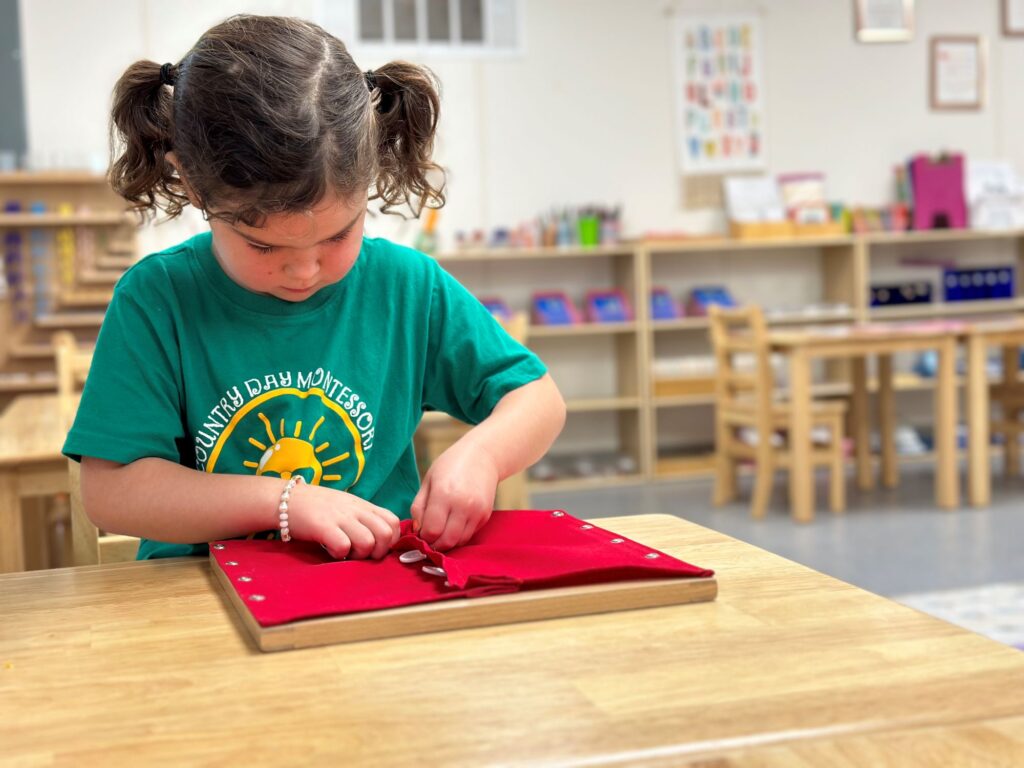
When Dr. Maria Montessori developed her educational method in the late 1800s, she revolutionized how we think about childhood learning. Through careful observation and scientific approach, she discovered that children naturally gravitate toward activities that aid their development. This insight led to the creation of an educational system that respects each child’s pace while fostering independence and practical skills.
Waldorf education, established by Rudolf Steiner in 1919, takes a different approach. It emphasizes artistic expression and imagination, organizing learning into seven-year developmental stages. While this creative focus has its merits, many San Antonio families find that Montessori’s practical, skills-based approach better prepares their children for future success.
Why Montessori Stands Out for San Antonio Families
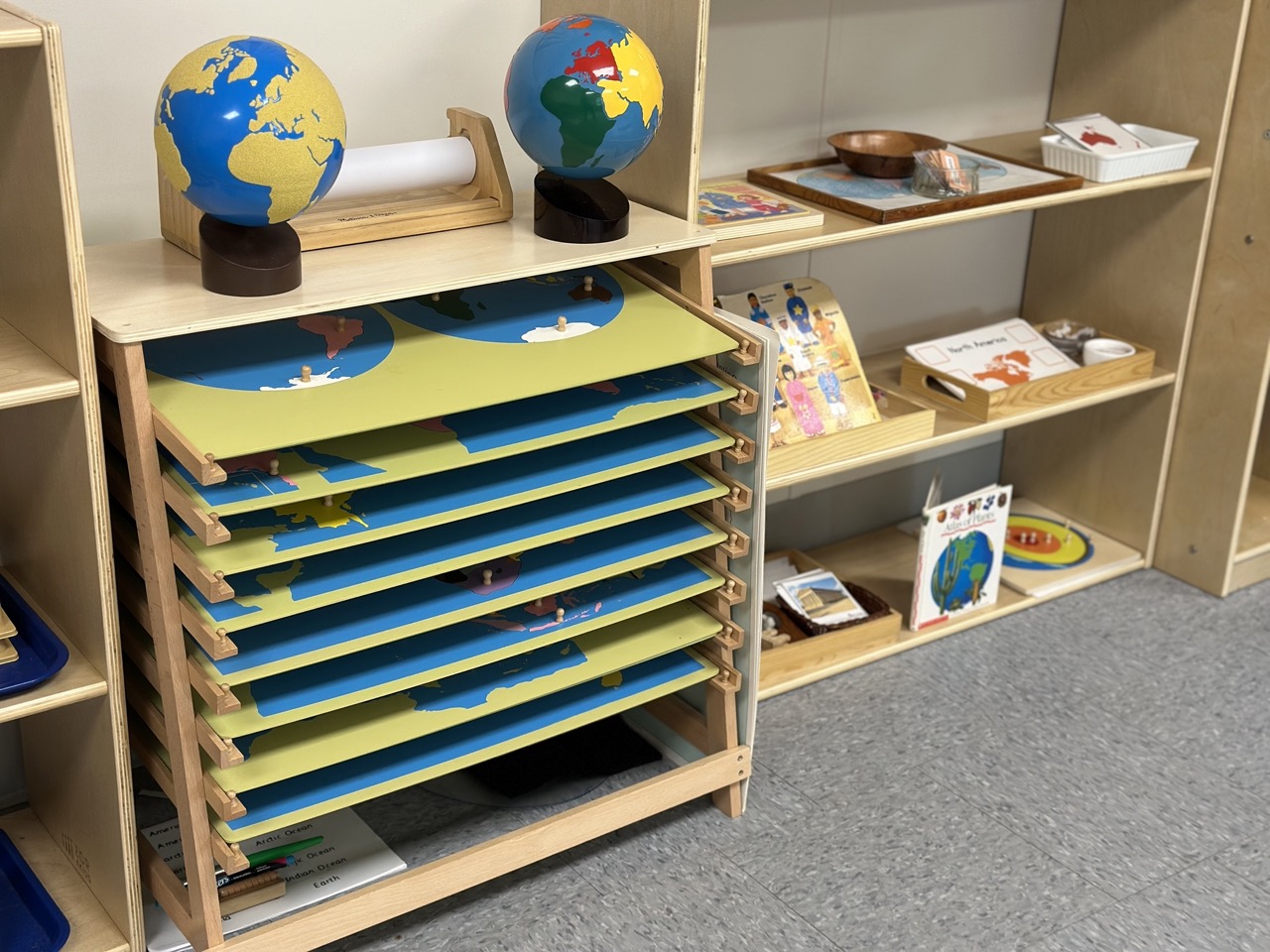
A Foundation for Lifelong Learning
In today’s rapidly changing world, the ability to learn independently has never been more crucial. Montessori education shines here – children don’t just memorize facts; they develop the skills and confidence to explore new concepts independently. This self-directed learning approach creates students who are naturally curious and capable of adapting to new challenges, whether they’re in elementary school or pursuing advanced education.
Practical Skills for Real-World Success
Walk into a Montessori classroom in San Antonio, and you’ll see children engaged in purposeful activities that develop both academic and life skills. From practicing mathematics with concrete materials to learning practical skills like cooking or gardening, every activity has a clear purpose. This practical approach helps children understand how their learning connects to the real world – something particularly valuable in our diverse and growing city.
Trackable Progress, Clear Results
For parents, one of the most reassuring aspects of Montessori education is its clear approach to tracking progress. Through detailed observation and documentation, teachers provide regular insights into your child’s development. Unlike Waldorf’s more abstract assessment methods, Montessori offers concrete evidence of your child’s growth, helping you understand exactly how they’re progressing in both academic and practical skills.
Technology Balance for Modern Life
While Waldorf schools largely avoid technology until high school, Montessori takes a more balanced approach. In today’s digital world, especially in San Antonio’s growing tech sector, children need to develop a healthy relationship with technology. Montessori schools introduce technology thoughtfully and purposefully, ensuring children learn to use it as a tool rather than a crutch.
The Montessori Classroom Experience
Imagine a classroom where children move purposefully between activities, choosing work that interests them while developing essential skills. This is the Montessori environment—carefully prepared spaces where every material serves a specific developmental purpose. Mixed-age groupings allow younger children to learn from older peers while older children reinforce their knowledge through teaching.
The teacher, rather than standing at the front of the room, moves quietly among the students, offering guidance when needed but allowing children to discover solutions independently. This approach builds confidence and problem-solving skills that extend far beyond the classroom walls.
Making the Choice for Your Family
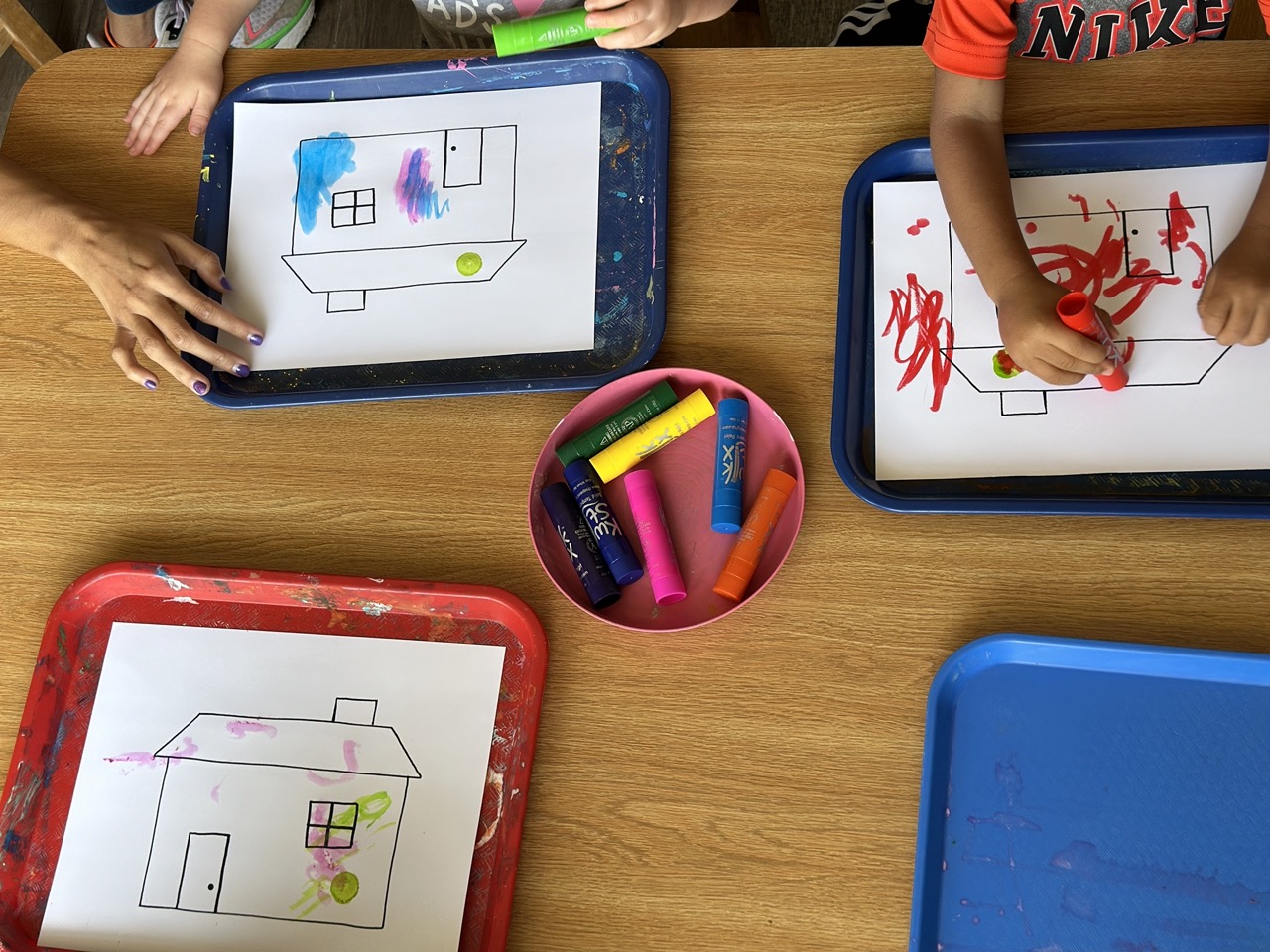
While both Montessori and Waldorf methods have their merits, Montessori education offers distinct advantages for San Antonio families:
- Clear academic progression while maintaining creativity and imagination
- Development of practical life skills alongside traditional subjects
- Regular, concrete feedback on your child’s progress
- A balanced approach to technology and modern skills
- Strong preparation for future academic and professional success
Looking Forward
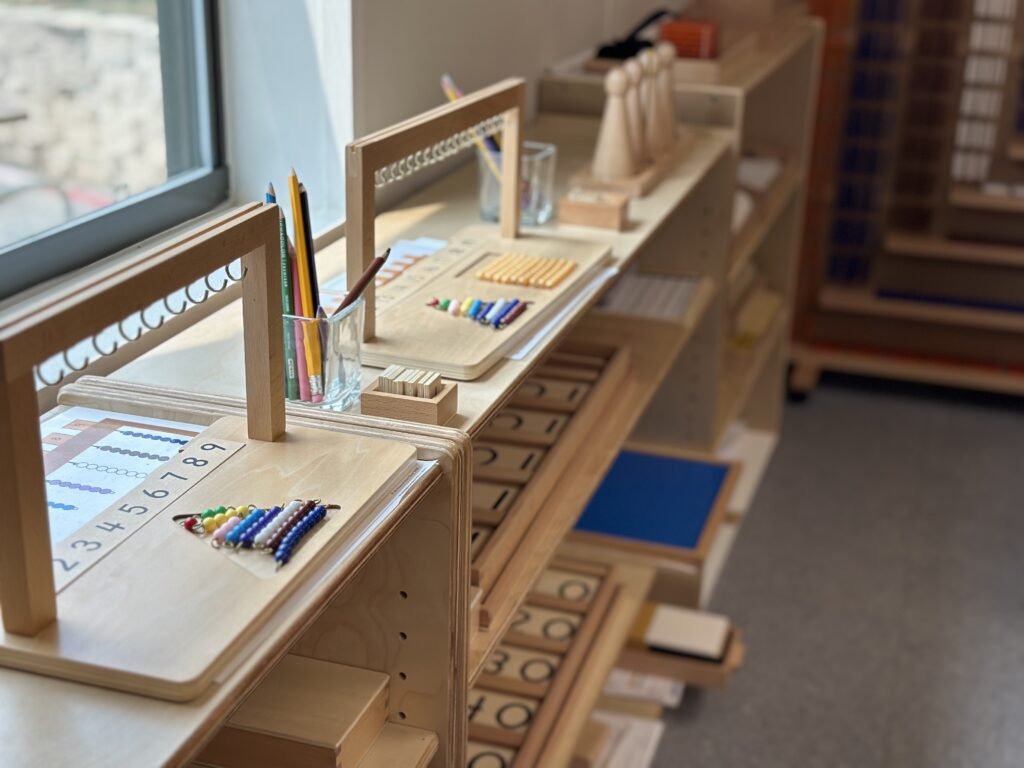
In San Antonio’s rapidly growing community, preparing children for future success is more important than ever. Montessori education provides the perfect balance of academic excellence, practical skills, and personal development. Whether your child dreams of becoming an entrepreneur, artist, or scientist or hasn’t yet discovered their passion, Montessori education provides the foundation they need to succeed.
We invite you to experience the Montessori difference firsthand at Country Day Montessori. Visit our campus, observe a classroom in action, and see how our approach can benefit your child’s development. In the heart of San Antonio, we’re nurturing the next generation of independent, capable, and confident learners.
Ready to learn more? Schedule a tour today and discover how Montessori education can set your child on the path to lifelong success.
Comparison between Montessori Schools vs. Waldorf Schools
Here’s a simplified comparison showing how Montessori stands out as a strong choice for families:
| Aspect | Montessori Method | Waldorf Method |
|---|---|---|
| Philosophy | Children learn best through self-directed exploration and independence. | Focuses on holistic development of the head, heart, and hands through creative activities. |
| Curriculum | Flexible and personalized, allowing children to learn at their own pace using hands-on materials. | Structured by stages of development, focusing heavily on creative subjects like art and music. |
| Teaching Methods | Teachers guide and support children’s curiosity through observation and experimentation. | Teachers lead through storytelling and creative activities, staying with the same group for several years. |
| Classroom Environment | Organized, calm, and filled with learning tools; mixed-age groups encourage peer learning. | Warm and natural spaces with minimal technology, focusing on group activities. |
| Materials Used | Specially designed tools for hands-on learning and practical life skills. | Natural materials used for art, music, and imaginative play. |
| Approach to Learning | Self-paced and hands-on; children choose activities based on their interests. | Teacher-led, with an emphasis on group collaboration and creative expression. |
| Assessment | Focuses on observing progress and personalized feedback instead of grades or tests. | Relies on long-term observation with minimal testing, avoiding measurable academic assessments early on. |
| Role of Arts and Creativity | Art is integrated into everyday learning through practical activities and exploration. | A central focus, with strong emphasis on music, drama, and storytelling. |
| Role of Imagination | Encourages creativity through real-world experiences and problem-solving activities. | Focuses on imaginative play, fantasy, and storytelling. |
| Use of Technology | Technology is introduced thoughtfully, helping children develop essential digital skills over time. | Avoids technology in early years, with limited exposure even in high school. |
| Age Grouping | Mixed-age classrooms promote social interaction and peer learning. | Homeroom-based, with the same teacher guiding the same group for several years. |
| Development Focus | Builds independence, responsibility, and critical thinking, preparing children for real-world challenges. | Focuses on emotional and creative growth, with less emphasis on academics in the early years. |
| Core Subjects Focus | Strong focus on academic fundamentals, such as math, science, and language, alongside practical life skills. | A balanced approach that gives equal weight to arts, humanities, and academics. |
Frequently Asked Questions
How do classroom environments differ between Montessori and Waldorf schools?
Montessori classrooms feature carefully prepared environments with child-sized furniture and self-directed learning materials, promoting independence and hands-on exploration. Waldorf classrooms emphasize natural materials, artistic expression, and a home-like atmosphere, fostering creativity and imagination through teacher-guided activities and rhythmic daily routines.
Which method emphasizes structured learning versus imaginative play?
Structured learning emphasizes a more formal, organized approach to education, with predetermined curricula and set schedules. In contrast, imaginative play focuses on child-led exploration, creativity, and learning through unstructured activities. Montessori education blends both methods, offering structured environments that encourage self-directed, imaginative learning experiences.
How do Montessori and Waldorf approaches impact a child’s social development?
Montessori and Waldorf approaches foster social development through distinct methods. Montessori encourages independence and peer collaboration in mixed-age classrooms, while Waldorf emphasizes community-building through group activities and artistic expression. Both prioritize social skills, empathy, and respect for others, albeit through different pedagogical strategies.
What factors should parents consider when choosing between Montessori and Waldorf schools?
When choosing between Montessori and Waldorf schools, parents should consider the educational philosophy, teaching methods, classroom environment, curriculum structure, and child development approach. Each system offers unique benefits, so parents must align their choice with their child's learning style and family values.
